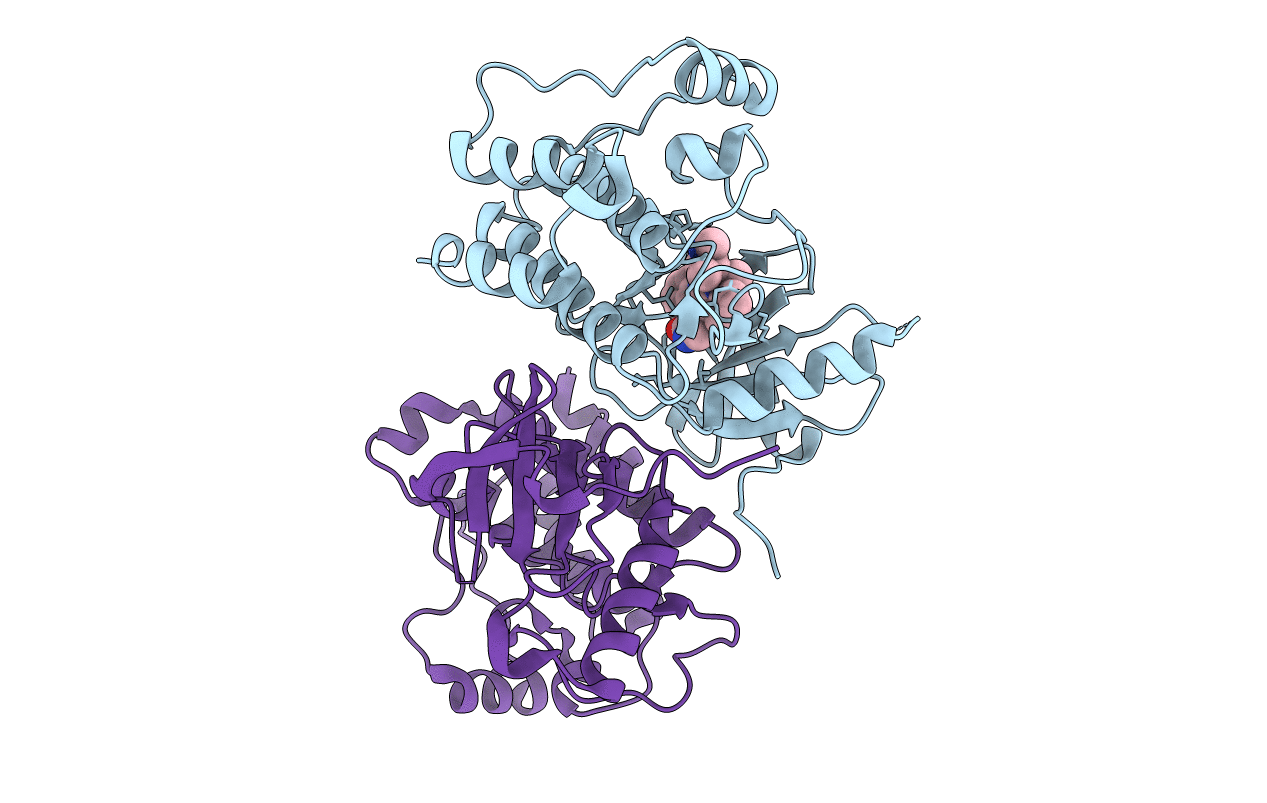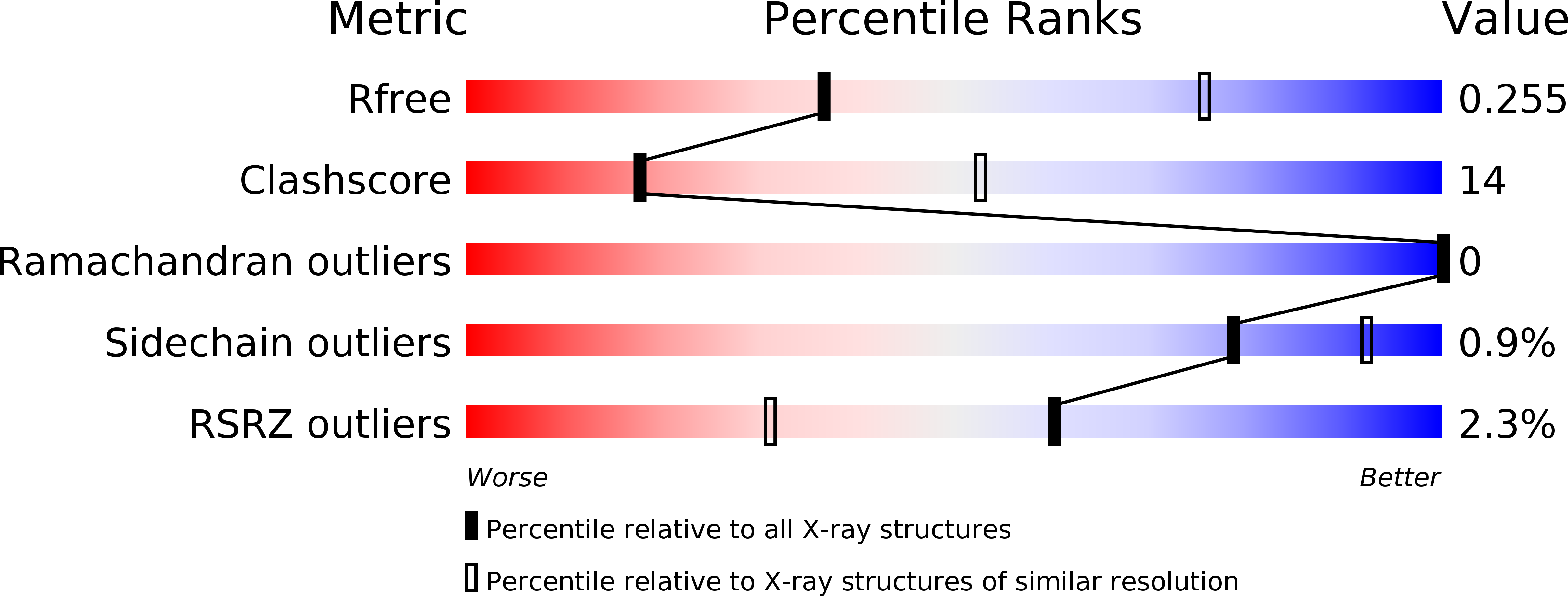
Deposition Date
2010-11-25
Release Date
2011-12-07
Last Version Date
2024-11-13
Entry Detail
PDB ID:
3PPZ
Keywords:
Title:
Crystal structure of CTR1 kinase domain in complex with staurosporine
Biological Source:
Source Organism:
Arabidopsis thaliana (Taxon ID: 3702)
Host Organism:
Method Details:
Experimental Method:
Resolution:
2.99 Å
R-Value Free:
0.25
R-Value Work:
0.20
R-Value Observed:
0.20
Space Group:
P 41 21 2


